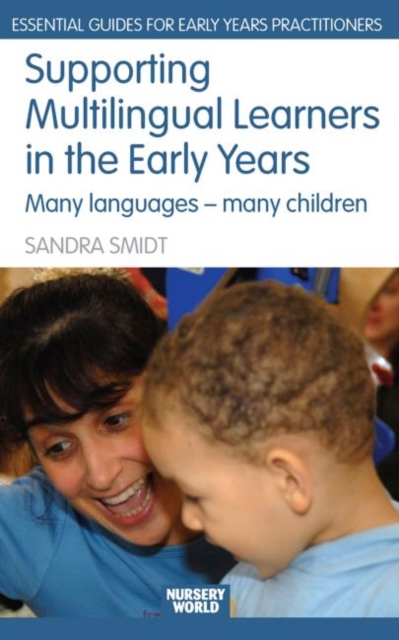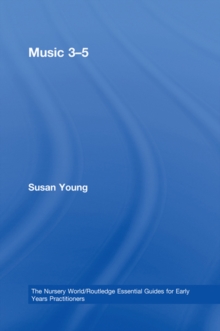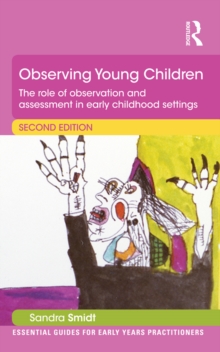
Supporting Multilingual Learners in the Early Years : Many Languages - Many Children Hardback
by Sandra Smidt
Part of the Essential Guides for Early Years Practitioners series
Hardback
Description
Shortlisted for the Nasen Book that supports SEN and Disability Issues Award 2008Are children who are exposed to more than one language from birth at an advantage or a disadvantage when starting school?Supporting Multilingual Learners in the Early Years examines the theoretical, ideological and practical issues involved in the education of children speaking two or more languages coming to settings which are predominantly monolingual.
The book examines current research and thinking about the advantages and disadvantages of being multilingual and tackles complex topics such as: what being multilingual implies in terms of prior learning and why this matters in educationthe importance of respect for diversity and encouraging children to be proud of their language and culturepractical ways to help young children acquire English ways of working with parents who themselves have little or no English the differences and difficulties involved in a child learning an additional language so early on in their livesstrategies for exploring the learning of multilingual learners and a review of the resources and activities that could help. Sandra Smidt views multilingualism as a cognitive advantage and shows how Early Years practitioners can use interactive styles of learning to focus on the benefit that the many cultures and languages in the classroom can bring to children’s learning and development. Written in a highly accessible tone, this book offers practitioners a mix of practical case studies and examples in which theory is embedded and its importance explained.
Students of early childhood education will also appreciate the author's carefully structured approach to the topic, as she includes summary boxes, glossaries and points for reflection in each chapter.
Information
-
Available to Order - This title is available to order, with delivery expected within 2 weeks
- Format:Hardback
- Pages:158 pages, 18 Tables, black and white
- Publisher:Taylor & Francis Ltd
- Publication Date:29/11/2007
- Category:
- ISBN:9780415438001
Other Formats
- Paperback / softback from £24.99
- PDF from £14.39
- EPUB from £22.49
Information
-
Available to Order - This title is available to order, with delivery expected within 2 weeks
- Format:Hardback
- Pages:158 pages, 18 Tables, black and white
- Publisher:Taylor & Francis Ltd
- Publication Date:29/11/2007
- Category:
- ISBN:9780415438001










